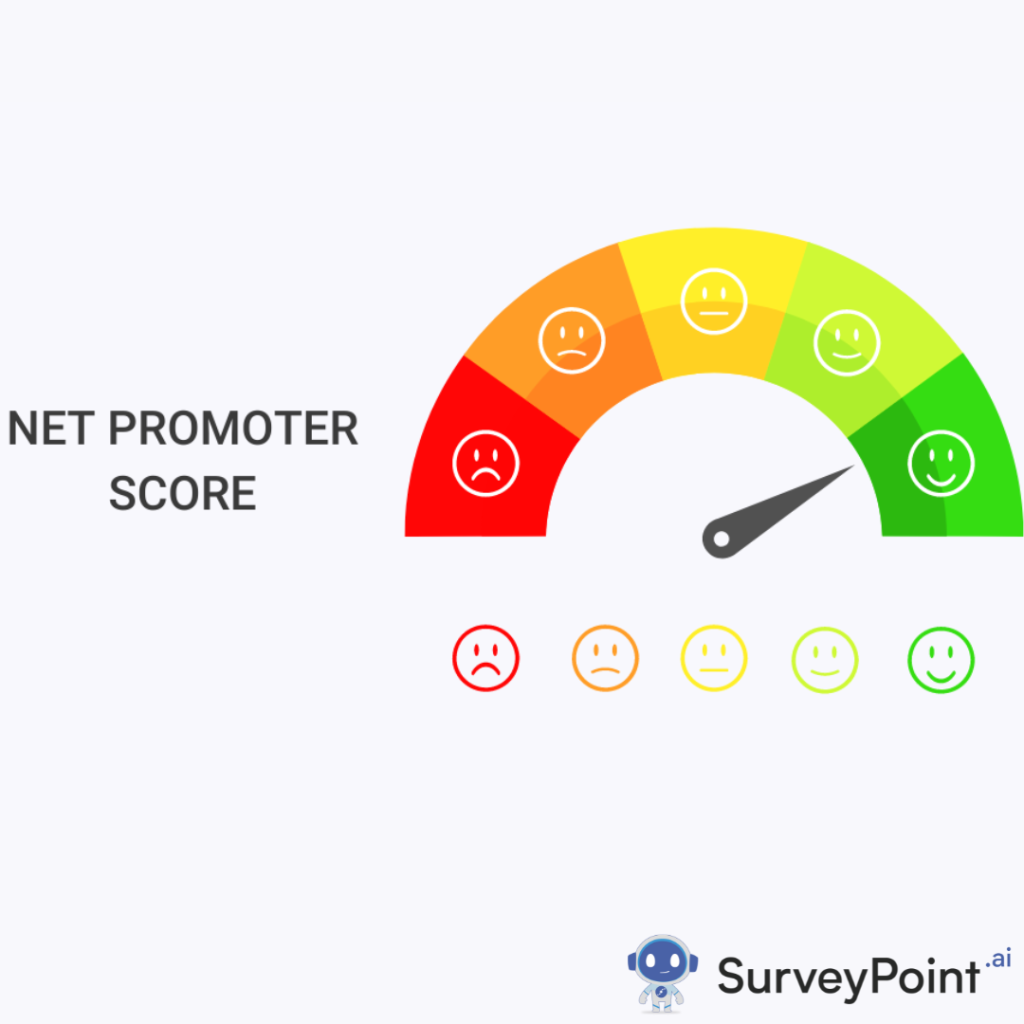
In today’s dynamic workplace, employee satisfaction and engagement have become critical metrics for organizational success. One of the most effective ways to understand your workforce is through employee survey programs. These programs provide actionable insights into employee needs, concerns, and aspirations, allowing organizations to create better workplaces, improve retention, and boost productivity.
This blog explores the importance of employee survey programs, types of surveys, and how to design effective ones with data-backed examples.
What Are Employee Survey Programs?
Employee survey programs are systematic initiatives designed to gather feedback from employees. These programs enable organizations to:
- Measure engagement levels.
- Identify areas of improvement.
- Enhance workplace culture.
- Address employee concerns proactively.
When implemented effectively, these surveys create a bridge between employees and leadership, fostering an environment of trust and collaboration.
Why Employee Surveys Are Important
1. Enhancing Employee Engagement
Data shows that companies with highly engaged employees outperform their competitors by 147% in earnings per share. (Gallup)
2. Reducing Turnover
Organizations that act on survey feedback experience 40% lower turnover rates.
3. Improving Productivity
A report by Deloitte highlights that engaged employees are 17% more productive than their disengaged counterparts.
4. Building Trust
Regular surveys demonstrate that the organization values employees’ opinions, fostering a sense of belonging and trust.
Types of Employee Surveys
Employee surveys can be categorized based on their purpose and the insights they aim to gather. Below are the most common types of surveys:
1. Employee Engagement Surveys
- Purpose: To measure how emotionally invested employees are in their work and the organization.
- Questions:
- “Do you feel valued for the work you do?”
- “How likely are you to recommend this organization as a great place to work?”
- Outcome: Helps identify drivers of engagement and areas needing improvement.
2. Employee Satisfaction Surveys
- Purpose: To gauge employee happiness and satisfaction with their roles, compensation, and work environment.
- Questions:
- “Are you satisfied with your current role and responsibilities?”
- “Do you believe your compensation aligns with your contributions?”
- Outcome: Provides insights into workplace morale and retention risks.
3. 360-Degree Feedback Surveys
- Purpose: To collect feedback on an employee’s performance from peers, subordinates, and managers.
- Questions:
- “How effectively does this individual collaborate with others?”
- “What are this employee’s strengths and areas for improvement?”
- Outcome: Offers a well-rounded view of employee performance and development needs.
4. Pulse Surveys
- Purpose: To capture real-time feedback on specific issues or initiatives.
- Questions:
- “How do you feel about the recent organizational changes?”
- “Do you have the tools and resources needed to perform your job effectively?”
- Outcome: Provides quick insights into current employee sentiments.
5. Onboarding Surveys
- Purpose: To evaluate the onboarding experience of new employees.
- Questions:
- “Did you receive sufficient training for your role?”
- “What could we improve about the onboarding process?”
- Outcome: Helps refine onboarding processes to ensure smooth integration for new hires.
6. Exit Surveys
- Purpose: To understand why employees leave the organization.
- Questions:
- “What prompted your decision to leave?”
- “What could the organization have done to retain you?”
- Outcome: Identifies patterns and areas to improve employee retention.
Designing an Effective Employee Survey Program
Creating a successful survey program requires careful planning and execution.
1. Define Clear Objectives
- Understand what you aim to achieve with the survey, whether it’s improving engagement, gathering feedback on new policies, or assessing job satisfaction.
2. Keep It Simple and Concise
- Avoid overwhelming employees with lengthy surveys. A well-structured survey should take no more than 10–15 minutes to complete.
3. Use a Mix of Question Types
- Include a combination of multiple-choice, Likert scale, and open-ended questions to gather quantitative and qualitative data.
4. Ensure Anonymity
- Guarantee anonymity to encourage honest and candid responses.
5. Communicate the Purpose
- Clearly explain why the survey is being conducted and how the feedback will be used.
6. Act on Feedback
- Analyzing survey results is only half the job. Demonstrate your commitment by implementing changes based on employee feedback.
Examples of Data-Driven Insights from Surveys
Case Study 1: Improving Workplace Culture
A global tech company conducted an employee engagement survey and discovered that 70% of employees felt undervalued. In response, the organization launched recognition programs, resulting in a 25% increase in employee satisfaction within six months.
Case Study 2: Reducing Turnover Rates
An IT firm used exit surveys to identify that employees were leaving due to limited career growth opportunities. By introducing internal training programs and mentorship opportunities, the company reduced its turnover rate by 15% in a year.

Best Tools for Conducting Employee Surveys
- SurveyMonkey
- Offers customizable templates and advanced analytics.
- Best for: Engagement and pulse surveys.
- Surveypoint.ai
- Provides AI-driven insights and real-time analytics.
- Best for: Comprehensive feedback and performance tracking.
- Google Forms
- Free and easy to use for quick surveys.
- Best for: Small organizations or informal feedback.
- Qualtrics
- Advanced features for employee engagement and 360-degree feedback.
- Best for: Large enterprises.
Benefits of Employee Surveys
- Boosted Engagement: Surveys help identify ways to keep employees motivated and connected.
- Informed Decision-Making: Data-driven insights enable leadership to make strategic improvements.
- Improved Retention: Understanding and addressing employee concerns reduces turnover.
- Enhanced Productivity: Happy and engaged employees are more productive and committed.
Conclusion
Employee survey programs are indispensable for organizations aiming to foster a positive workplace culture, enhance engagement, and retain top talent. By leveraging the right types of surveys, using advanced tools, and acting on feedback, businesses can create a thriving work environment where employees feel valued and empowered.
Start implementing employee surveys today to unlock your workforce’s potential and achieve long-term organizational success.




